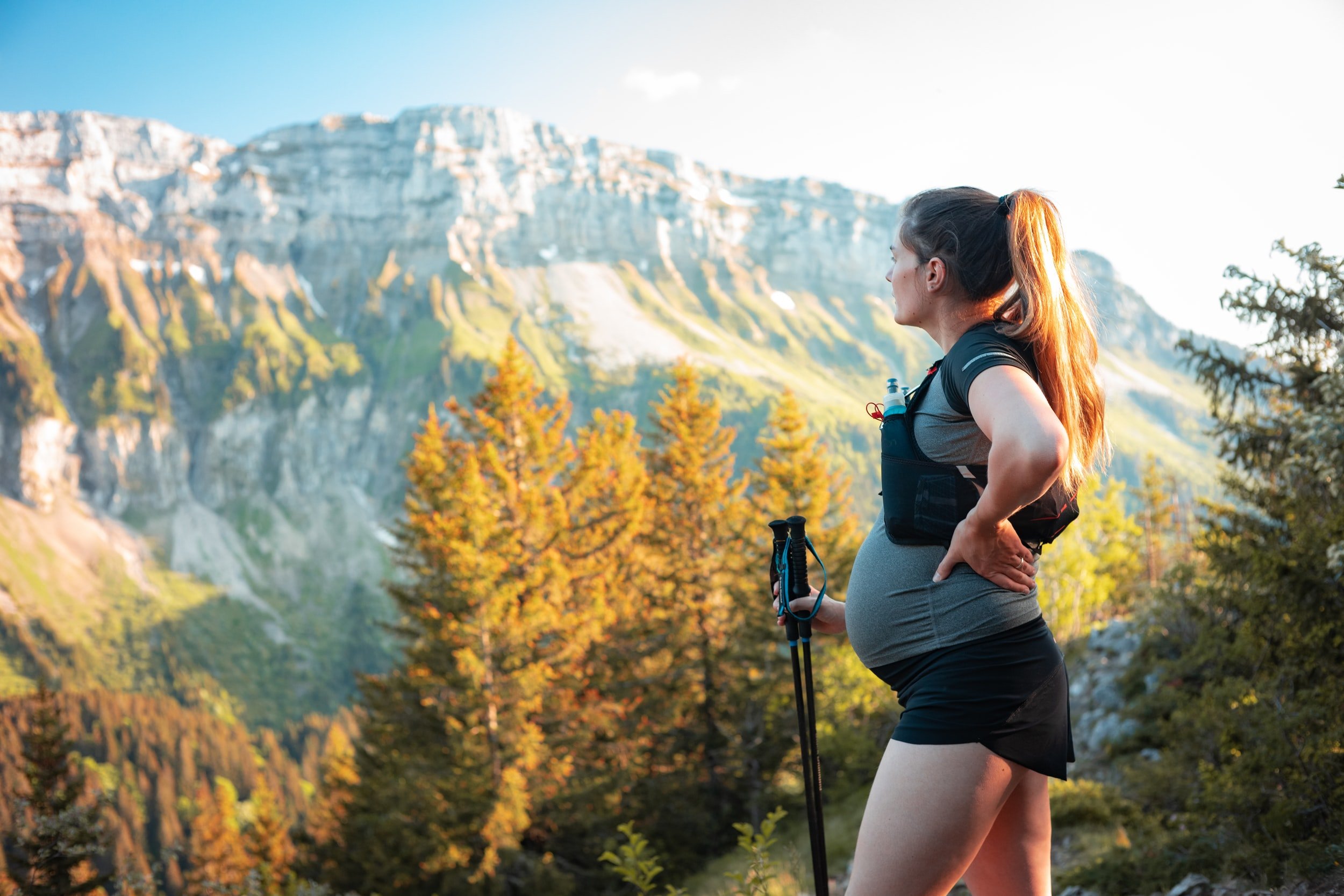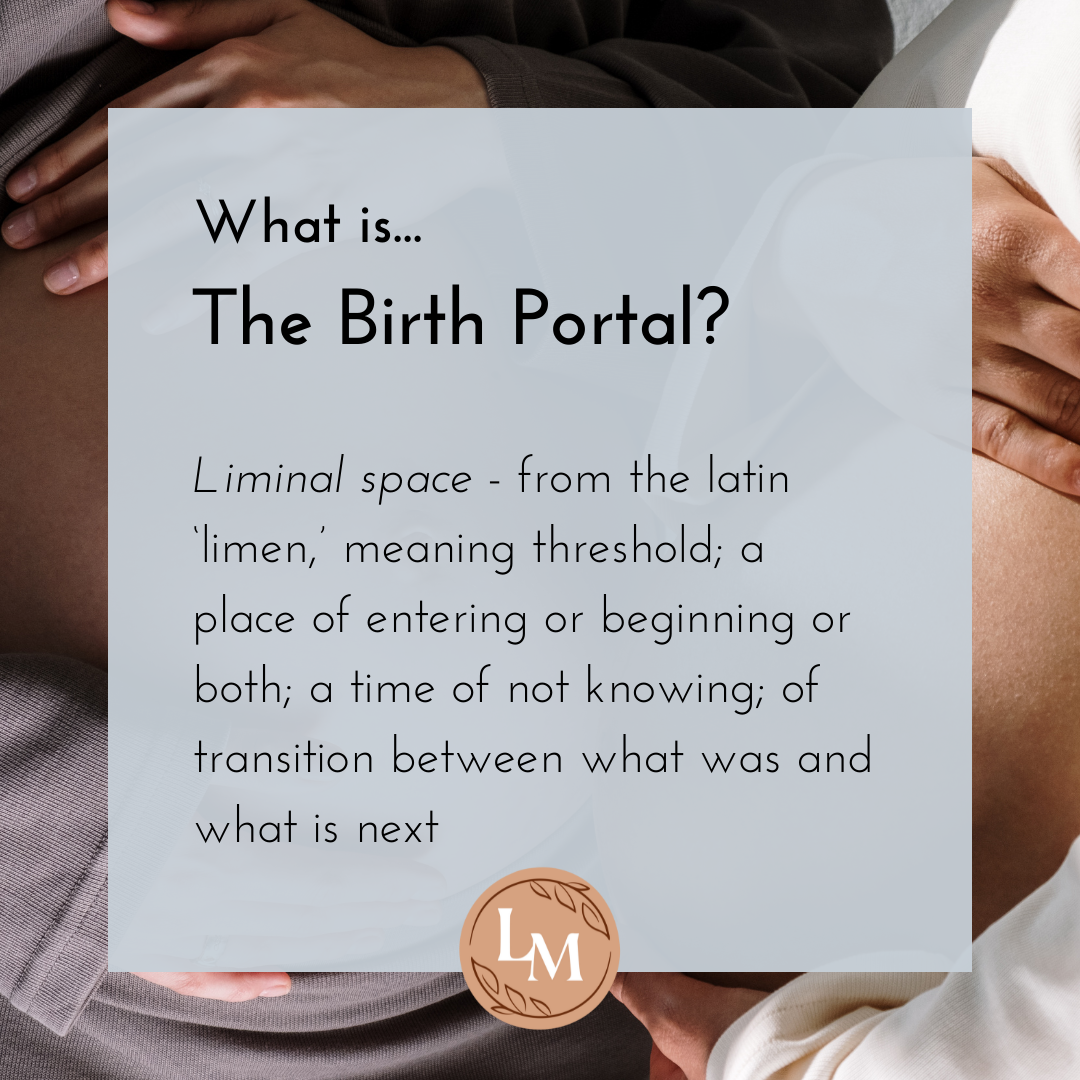Preventing the Pregnancy Waddle
While a baby grows in utero, the body starts to take on different shapes. It begins to take the path of least resistance and that can sometimes lead to tightness, discomfort, heaviness, and…the pregnancy waddle.
What IS the pregnancy waddle?
You might notice the pregnancy waddle in yourself or others when a pregnant woman starts to waddle from side to side, not unlike a penguin. There’s a tendency to lock the knees, there might be discomfort in the pelvis or the low back from the heaviness of the baby and the belly, leading to compensation from other muscles.
Throw in the hormone relaxin, which circulates throughout the body during pregnancy to help loosen the ligaments and joints in the pelvis, and you have even more instability. Here’s where the body takes the path of least resistance to lessen the discomfort.
photo by wearerising
Why you want to avoid the pregnancy waddle:
While the waddle is taken on as a means to “protect” the body from discomfort…it exacerbates it. Why? Well, the nature of waddling to side to side on oftentimes locked knees creates more impact on the joints and the feet. This contributes to tightness in the hips and low back, as well as soreness in the ankles, knees, even the feet. Waddling can also increase pelvic discomfort and possibly contribute to sciatica.
Note: Towards the very end or pregnancy, the body may need to waddle to accommodate a baby’s head that has started to engage in the mother’s pelvis in preparation for birth.
How to prevent the pregnancy waddle:
In my practice, I find that pregnant people are not broken. Pregnant women are strong and need to move their bodies often and in all its planes, particularly during pregnancy.
As you choose movement and exercise, think about moving in all directions - forwards and backwards, side to side, and light twisting (keeping the belly button forward). This is known as moving into the sagittal, coronal, and transverse planes of the body.
Focus on range of motion. Oftentimes movement practices focus on strength OR flexibility, rather than on quality range of motion that isn’t too restricted or too loose. Relaxin can often give pregnant people the sense that they are MORE flexible - and they are! - but, we want to ensure not to stretch too far. Instead, roll your shoulders and circle your hips. Roll the wrists and ankles. Subtly work into the elbows and knees. Move in circular patterns that work with the joints of the body, while strengthening, lengthening, and preparing for birth. A good prenatal yoga practice will include this for you.
Get in touch with the foundations of your body - the pelvis and the feet.
Take a moment to stand and bring one hand to your low belly and another to your low back. Can you notice if your pelvic bowl is tipping forward with the belly’s weight? This will create an exaggerated curvature in the low back. Find neutral. Use the hand on the low belly to gently pull up and orient the tailbone to the heels (no tucking!). The low back will lengthen while allowing the natural curvature of the spine. It may feel awkward at first. That’s okay.
Release your hands to the sides and notice your feet. Are they parallel to one another? Are they standing right under the hips or a little wider to support a growing belly? Are you putting more weight on one foot or the other? Is the weight centered in the middle of each foot? Parallel your feet, allow them to be hip width distance, and allow the weight to be even in the center of each foot. Relax your knees.
Try these two practices and notice if anything shifts in the rest of the body. Do the knees naturally soften? Do the shoulders align over the hips? Does the back of the head pull back over the sacrum naturally? This would all be magic.
And, of course, practice asana that strengthen the hips and the legs, while also stretching them. Poses like:
Warrior 1 (keeping the pelvis level)
Warrior 2 (keeping the pelvis level)
Standing Figure 4 stretch (ankle to knee, using a wall for support)
Chair pose
Goddess
Modified side plank
Seated twists (belly and baby always staying forward)
Wide legged forward fold standing or seated with blocks
There are so many!
Keep moving your body in ways that are nourishing throughout your pregnancy and you’ll naturally help prevent the waddle. For more, enroll in the Embodied Birth + Beyond Mentorship. You can read about it here.











